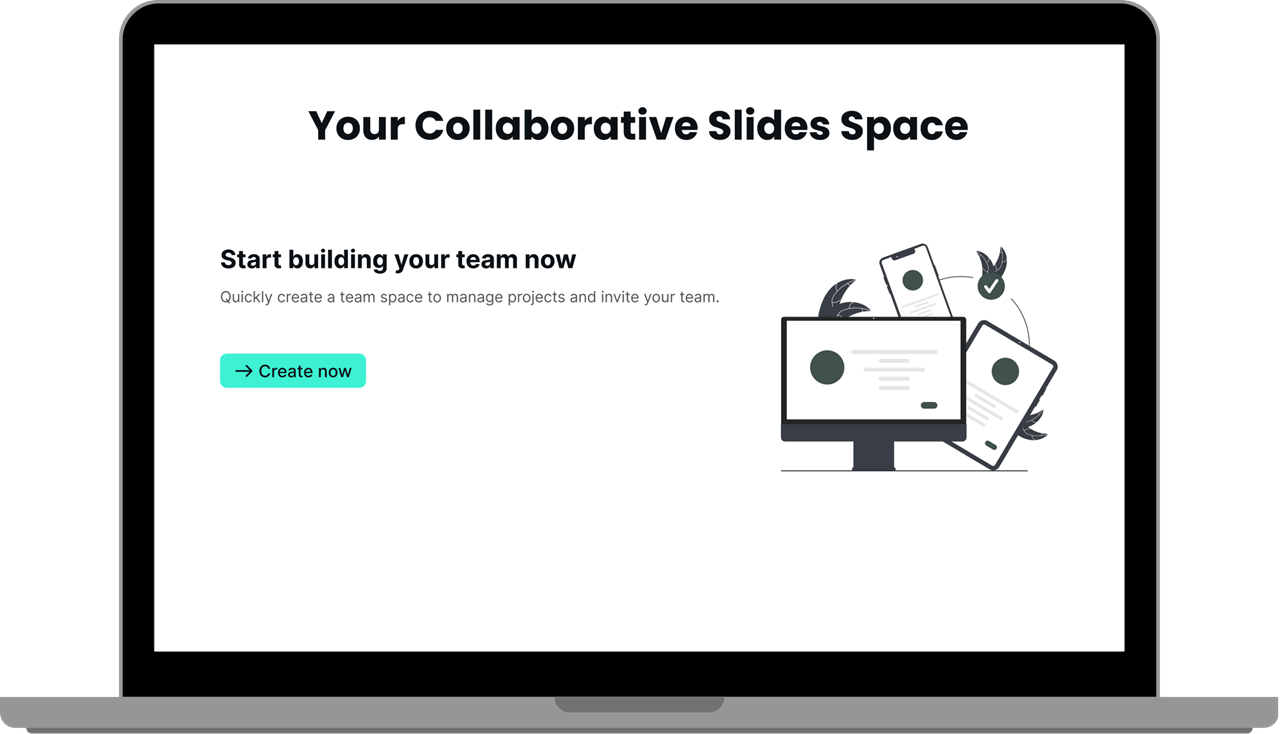
In the dynamic landscape of Human Resources (HR), training and development are integral components fostering employee growth and organizational success. A well-crafted Human Resources Training and Development Presentation serves as a linchpin in this process, aligning organizational goals with the professional development of its workforce. This article navigates the intricacies of creating an outstanding presentation that not only imparts knowledge effectively but also inspires a culture of continuous learning. From defining the essence of an HR Training and Development Presentation to exploring presentation strategies and emphasizing the pivotal role of PowerPoint slides, we uncover the keys to excellence.
The Definition of a Human Resources Training and Development Presentation:
An HR Training and Development Presentation is a strategic communication tool designed to convey information about training programs, professional development initiatives, and learning opportunities within an organization. It is a comprehensive guide that outlines the goals, methodologies, and expected outcomes of training initiatives. This presentation serves as a bridge between HR professionals, organizational leaders, and employees, fostering a shared understanding of the importance of continuous learning and skill development.
The initial step in creating an excellent HR Training and Development Presentation involves a deep understanding of the organization's training objectives, employee needs, and broader HR strategies. This foundational knowledge sets the stage for a presentation that not only informs but also sparks enthusiasm for learning and development.
How Should a Good Human Resources Training and Development Presentation Be Presented?
Presenting an HR Training and Development Presentation requires a strategic and engaging approach to captivate the audience and drive participation in training initiatives. Here's a comprehensive guide on how to present such a presentation effectively:
a. Understand the Audience:
• Tailor your presentation to resonate with diverse audiences, including executives, managers, and employees at various organizational levels.
• Identify the specific needs and expectations of different groups within the organization.
b. Define Clear Objectives:
• Clearly articulate the objectives of the training and development initiatives. Whether it's enhancing technical skills, fostering leadership qualities, or promoting diversity and inclusion, ensure the audience understands the overarching goals.
c. Utilize Engaging Content:
• Integrate multimedia elements, case studies, and real-world examples to make the content more relatable.
• Incorporate storytelling techniques to connect with the audience emotionally and illustrate the impact of training on personal and professional growth.
d. Encourage Interaction:
• Foster a participative environment by incorporating interactive elements such as Q&A sessions, polls, or group discussions.
• Create opportunities for employees to share their experiences and insights related to training initiatives.
e. Highlight Success Stories:
• Showcase success stories of individuals or teams that have benefited from training and development programs.
• Use testimonials and concrete examples to illustrate how these initiatives have contributed to employee growth and organizational success.
f. Emphasize Long-Term Impact:
• Discuss the long-term benefits of training and development, both for individuals and the organization as a whole.
• Articulate how ongoing learning opportunities contribute to employee retention, skill enhancement, and organizational adaptability.
g. Incorporate Visuals:
• Use visuals strategically to enhance understanding. Infographics, charts, and diagrams can simplify complex information.
• Create visually appealing slides that align with the organization's branding and maintain a professional aesthetic.
h. Practice Delivery:
• Rehearse your presentation to ensure a confident and articulate delivery.
• Pay attention to your tone, pacing, and body language to convey enthusiasm for training and development initiatives.

The Importance of Well-Crafted PowerPoint Slides for the HR Training and Development Presentation:
PowerPoint slides play a pivotal role in conveying information effectively and maintaining the audience's engagement throughout an HR Training and Development Presentation. Here's why well-crafted slides are essential:
a. Visual Appeal:
• Visually appealing slides capture the audience's attention and contribute to a positive learning experience.
• A consistent and professional design enhances the credibility of the training content.
b. Information Organization:
• Slides provide a structured format for organizing information, ensuring a logical flow of content.
• Headings, bullet points, and visuals help break down complex information into digestible segments.
c. Visual Reinforcement:
• Visual elements, such as images and graphics, reinforce key messages and facilitate better understanding.
• Use visuals to complement verbal explanations and enhance the overall impact of the presentation.
d. Accessibility and Reference:
• PowerPoint presentations are easily shareable, allowing employees to revisit training content for reference.
• The digital nature of slides facilitates remote access and collaboration, especially in virtual or hybrid work environments.
e. Flexibility in Design:
• PowerPoint allows for flexibility in design, enabling customization to align with the organization's branding and style guidelines.
• Incorporate animations or transitions judiciously to add a dynamic element to the presentation.
f. Efficient Editing:
• The ease of editing in PowerPoint allows for quick updates and revisions to accommodate changes in training content or organizational goals.
• Regularly updating slides ensures that the presentation remains current and aligned with evolving training initiatives.
The Introduction of Smallppt’s AI PowerPoint
Smallppt's AI PowerPoint stands out as a transformative tool, functioning seamlessly as an advanced AI ppt maker and generator. Streamlining the presentation creation process, users can input a topic and witness the automatic generation of polished AI ppt slides, marking a significant leap in efficiency. This Artificial Intelligence presentation PowerPoint tool is tailored for the ever-evolving business landscape, ensuring not only rapid but also impressive presentations.
With a focus on user-friendly design, AI for PPT becomes accessible to all. The tool's automated outline generation and conversion of ideas into refined presentations, spanning over 20 pages, highlight its efficiency. Users enjoy the flexibility to edit PowerPoint slides effortlessly, incorporating text, images, shapes, charts, and more for a customized touch. The tool's adaptability is further showcased through seamless revision and redrawing, empowering users to make adjustments effortlessly.
The export features add an extra layer of convenience, allowing users to download presentations in various formats like pptx, image, or pdf. Smallppt's AI PowerPoint is a pioneer in presentation innovation, epitomizing the future of streamlined, efficient, and user-centric presentations. Dive into the cutting-edge capabilities of this online PPT maker AI to elevate your presentation experience to new heights.
Conclusion:
In the realm of Human Resources, training and development initiatives are instrumental in shaping organizational culture and fostering employee growth. An excellent HR Training and Development Presentation serves as a conduit for knowledge transfer, engagement, and a shared commitment to continuous learning.
As organizations navigate the evolving landscape of work, the presentation becomes a vital tool for aligning stakeholders and creating a collective vision for professional development. By defining clear objectives, understanding the audience, and leveraging the power of well-crafted PowerPoint slides, HR professionals can elevate the impact of training and development initiatives.
In conclusion, the art of creating an excellent HR Training and Development Presentation lies in its ability to inspire, inform, and ignite a passion for learning. As organizations invest in the development of their most valuable asset—their people—mastering the art of presentation ensures that the journey towards excellence in training and development is both engaging and impactful.


